Cold email copywriting done right can transform your business—and your life. A well-executed cold email can help you land new customers, candidate employees, or partnerships with influential people you’ve never even met.
The actual email that lands in your reader’s inbox is the tip of the iceberg. Behind every effective B2B cold email is a deep understanding of the writer’s business and the reader’s problems—and how to connect them seamlessly.
Cold email copywriting can seem like a mysterious dark art, but we’re here to break it down. (Once you’ve figured out the fundamentals, you can use AI to accelerate your research and writing process.)
In this post, we’ll teach you everything we know about cold email copywriting, stemming from our background as cold outreach specialists who send more than 800k emails a month. Our cold emails have landed countless future customers and gotten responses from Fortune 500 CEOs, NYT bestselling authors, and famous founders and investors.
Don’t take our word for it. Here are some emails we’ve gotten back to our cold email campaigns:


What BAD cold email copywriting looks like
You probably already have a sense for what bad cold email copywriting looks like—just take a peek at your spam folder.
Bad email copywriting is generic, with little to no personalization. (No, including someone’s name is not enough). It feels selfish, talking more about the writer than the reader. It also often makes significant asks on someone’s time or money without having established any rapport.
Here’s an example of terrible cold email copywriting from an SEO agency. Unsurprisingly, it landed in my spam folder.
Here are some of its issues:
- Zero personalization—not even my first name
- Sent to a company wide address
- Doesn’t cite any specific observations about Clay’s current problems
- Doesn’t provide any suggested improvements
- Asks for my phone number and a time to call me (too much)

What GREAT cold email copywriting looks like
Imagine if the email above, from the SEO agency, looked like this instead. All the content underlined in purple is either specific research or an highly relevant offer or comparison.

I would have replied to the second email in a heartbeat. Here’s why:
- Mentions my name, company, role, and a recent LinkedIn post
- Specific factual observations about Clay’s website traffic
- Cites real pieces that Clay has published
- Builds goodwill by sharing a few suggestions for free
- Cites social proof from a few well-known companies in our space
- Light ask (instead of booking time, I can just say I’m interested in learning more)
All great cold email copywriting shares these three key qualities.
- Show hyper-personalized research that proves that you understand the person, their company, and their top problems. Cite signals that no one is taking the time to find.
- Show that you can help solve the reader’s problems. Link your offer to their business goals.
- Focus on getting a reply, not selling your product. Sales is a process! Don’t try to do too much at once. This email is about building goodwill and giving away insights.
The best cold emails pack a punch: you should be able to accomplish the above and pique someone’s interest in hearing more in <100 words.
The core research elements behind a winning cold email
The more research you do on your readers, the more likely they’ll be to respond. Here are some commonly useful areas to research.
- Role and length of time in that role
- Recent personal news, posts, or accomplishments
- Recent company news, posts, or accomplishments
- Roles this person or their company are hiring for
- Key problems that your offer can solve
The research is worth it: emails with personalized message bodies have a 32.7% better response rate, according to Backlinko.
The last bullet requires the most detective work. Every company has a lot of problems—but you need to focus on the subset that you can solve.
First, think of your business offer, which you should be able to condense into the following line: We help [types of people] accomplish [result] in [time].
For example, an SEO agency might say we help founders improve organic search traffic and get 125% more direct traffic within the span of six months.
Now, work backwards. What are signals that show that your reader has problems that you can solve? The SEO agency should research their reader’s website traffic trends, keyword placement, and current marketing staffing.
Most businesses have variants of the same few problems: make more money, waste less time, hire amazing candidates, or grow (sales, brand awareness, etc). In addition, people also have personal desires/problems. They might want to impress their boss, spend less time on manual or boring tasks, or grow a specific metric. The research you do will help you target the most relevant problems you can tackle.
You can automate this research using Clay—watch this video to learn how.
Our go-to cold email copywriting template
Once you’ve thought about your offer and deeply researched your leads, it’s time to do some actual cold email copywriting.
Your first email, by far, is the most important one you'll send. Most positive responses to any email campaign come after the first email. We send hundreds of thousands of emails a month and rarely see an exception to this rule.
This is the line-by-line framework behind our own cold email copywriting. Every line of your cold email campaigns should sell the reader on the idea of continuing to read the next one.
- Give specific context for your outreach
- Describe how your product solves their problem
- Describe the cost of inaction
- Share social proof
- End with a light CTA

Write a short email subject line
Your B2B cold email should have a subject line that could’ve been sent to your readers by their own customers or colleagues. Make sure to keep them short (2-3 words) and casual (no formal language, not capitalized).
Example: automating SDR work
Never bait-and-switch people in your subject lines. Make sure that your subject line is connected to your message.
Give context for your cold email outreach
After your subject line, the first line of your email describes why you're reaching out. Did you notice an announcement about your prospect's company? Did you just read their LinkedIn post? If applicable, include a specific compliment to build rapport.
Example: Congratulations on the recent fundraise for [Company]! I loved your LinkedIn post reflecting on the process of building the company.
You can write these automatically using Clay's ChatGPT integration.
Describe specific evidence of the reader’s problem
Next, you're going to describe a problem your target audience or prospect might have and how your own product or service can help solve it.
Example: I was doing some research on Gong and saw you added 15 SDRs in the past month. In your current job descriptions, I noticed you are looking for people to manually research and target leads.
Describe the cost of inaction
If you can do it elegantly, try asking the reader a question that makes them consider the cost of inaction (i.e., not using your product).
Example: Have you thought about using AI and multiple databases to speed up this process? (Readers may not have known that you can use AI or multiple databases for lead enrichment, but now they will be curious.)
Share social proof
Give your reader social proof to show them that you're reputable and have past experience helping companies that are similar to them.
The best would be to mention that you helped a reputable company accomplish a quantitative result in a certain amount of time.
Example: Rippling and Predictable Revenue are replacing their growth engineering staff with just our platform at Clay.
A generally useful format is, “I just helped [X company] accomplish [Y relevant goal]. If applicable, use companies from similar industries and write specific goals like “increase search traffic by 250% in six months through SEO-optimized content.” Think about what you can offer that your competitors cannot.
End with a light call to action
End your email in a way that gives your recipient a way to engage with you. Your biggest goal is to get a reply.
Example: Can I send you a 2min video explaining how?
Another good template for this final call to action is: if we could help you with [problem], would that be useful to you?
We generally advise against asking for a live meeting, which will likely increase your prospect's resistance. In some specific cases, when your message conveys high enough value, you can ask someone for time.
A cold email copywriting checklist
We’ve covered a lot in this piece! Here’s a checklist of our most important takeaways for you to review with every cold email template you write. You don’t have to include all of these in your cold emails, but they can serve as a helpful guide.
Write like a human
Are you writing in a way that comes across as human and authentic? Avoid using robotic or inauthentic language and instead, aim to write in a way that you would speak to a colleague or friend.
Keep your emails short
Your emails will be an interruption in your readers’ day, so keep them short, ideally under 75 words.
Share a specific reason you’re reaching out
Share a specific, personalized reason for reaching out so readers immediately understand why they are getting this email from you. This builds credibility and gets their attention focused.
Share a specific compliment
Giving a thoughtful, specific compliment shows you took time to understand what matters to the recipient. This builds rapport and makes them more receptive to your message. Generic praise may come off as insincere.
Cite specific evidence about your readers’ problems
Calling out detailed examples of challenges the reader is facing shows you truly understand their business and have potential solutions. Get specific to show domain expertise.
Show how you can solve their problem
The best cold emails communicate the transformation that your product can help the recipient achieve. Make sure to emphasize the end goal that they will be able to reach by using your product.
Share insights for free
Providing valuable insights, data, or suggestions at no cost builds goodwill and establishes you as a trusted advisor rather than just another salesperson. When you give away something useful upfront, it signals you are focused on helping, not just selling. This sets you apart from competitors who may be aggressive with promotions or asks.
Readers will be more open to engaging since they already received value from you without any obligations. Free insights demonstrate confidence in what you can deliver if they choose to work with you. It's an effective way to grab attention and start building a relationship based on value instead of a hard sell.
Share social proof
Social proof builds trust and credibility. Mentioning other recognizable companies or influential people you have successfully worked with makes readers more confident in your abilities.
End with a quick, open ended question
Don't try to trigger a purchase in your first cold email. The goal of your initial cold email outreach should be to get a response from the recipient. Building a relationship with your prospects takes time, and all you want from your first cold email is a response.
Make sure to ask questions that will incite a response from a prospect. It's best to leave them open-ended instead of leading them in a particular direction or limiting their number of response options.
Mirror readers’ language
Mirror some of the language, terminology, and style from the prospect's website or LinkedIn to make your message more familiar.
Check for spam words
Google frequently assigns spam words to emails that contain phrases commonly found in phishing scams or spammy emails. Make sure to stay up-to-date on these terms and actively avoid them.
Measure metrics and optimize
Measure the metrics of your lead generation campaigns and use the data to optimize and improve your efforts. Utilize A/B testing, lead scoring, and lead magnets to enhance your lead generation strategy.
Limit follow up emails
Most positive responses will come from the first or second email in your sequence. It's best to send about four emails over a span of six weeks, after which you should move on to new prospects.
Cold email copywriting library & inspiration
Here are a few more examples of great cold email copywriting to inspire your team! Each of these got positive responses and booked meetings.




**
Have any favorite examples or techniques we missed? Let us know at friends@clay.run.
Cold email copywriting done right can transform your business—and your life. A well-executed cold email can help you land new customers, candidate employees, or partnerships with influential people you’ve never even met.
The actual email that lands in your reader’s inbox is the tip of the iceberg. Behind every effective B2B cold email is a deep understanding of the writer’s business and the reader’s problems—and how to connect them seamlessly.
Cold email copywriting can seem like a mysterious dark art, but we’re here to break it down. (Once you’ve figured out the fundamentals, you can use AI to accelerate your research and writing process.)
In this post, we’ll teach you everything we know about cold email copywriting, stemming from our background as cold outreach specialists who send more than 800k emails a month. Our cold emails have landed countless future customers and gotten responses from Fortune 500 CEOs, NYT bestselling authors, and famous founders and investors.
Don’t take our word for it. Here are some emails we’ve gotten back to our cold email campaigns:


What BAD cold email copywriting looks like
You probably already have a sense for what bad cold email copywriting looks like—just take a peek at your spam folder.
Bad email copywriting is generic, with little to no personalization. (No, including someone’s name is not enough). It feels selfish, talking more about the writer than the reader. It also often makes significant asks on someone’s time or money without having established any rapport.
Here’s an example of terrible cold email copywriting from an SEO agency. Unsurprisingly, it landed in my spam folder.
Here are some of its issues:
- Zero personalization—not even my first name
- Sent to a company wide address
- Doesn’t cite any specific observations about Clay’s current problems
- Doesn’t provide any suggested improvements
- Asks for my phone number and a time to call me (too much)

What GREAT cold email copywriting looks like
Imagine if the email above, from the SEO agency, looked like this instead. All the content underlined in purple is either specific research or an highly relevant offer or comparison.

I would have replied to the second email in a heartbeat. Here’s why:
- Mentions my name, company, role, and a recent LinkedIn post
- Specific factual observations about Clay’s website traffic
- Cites real pieces that Clay has published
- Builds goodwill by sharing a few suggestions for free
- Cites social proof from a few well-known companies in our space
- Light ask (instead of booking time, I can just say I’m interested in learning more)
All great cold email copywriting shares these three key qualities.
- Show hyper-personalized research that proves that you understand the person, their company, and their top problems. Cite signals that no one is taking the time to find.
- Show that you can help solve the reader’s problems. Link your offer to their business goals.
- Focus on getting a reply, not selling your product. Sales is a process! Don’t try to do too much at once. This email is about building goodwill and giving away insights.
The best cold emails pack a punch: you should be able to accomplish the above and pique someone’s interest in hearing more in <100 words.
The core research elements behind a winning cold email
The more research you do on your readers, the more likely they’ll be to respond. Here are some commonly useful areas to research.
- Role and length of time in that role
- Recent personal news, posts, or accomplishments
- Recent company news, posts, or accomplishments
- Roles this person or their company are hiring for
- Key problems that your offer can solve
The research is worth it: emails with personalized message bodies have a 32.7% better response rate, according to Backlinko.
The last bullet requires the most detective work. Every company has a lot of problems—but you need to focus on the subset that you can solve.
First, think of your business offer, which you should be able to condense into the following line: We help [types of people] accomplish [result] in [time].
For example, an SEO agency might say we help founders improve organic search traffic and get 125% more direct traffic within the span of six months.
Now, work backwards. What are signals that show that your reader has problems that you can solve? The SEO agency should research their reader’s website traffic trends, keyword placement, and current marketing staffing.
Most businesses have variants of the same few problems: make more money, waste less time, hire amazing candidates, or grow (sales, brand awareness, etc). In addition, people also have personal desires/problems. They might want to impress their boss, spend less time on manual or boring tasks, or grow a specific metric. The research you do will help you target the most relevant problems you can tackle.
You can automate this research using Clay—watch this video to learn how.
Our go-to cold email copywriting template
Once you’ve thought about your offer and deeply researched your leads, it’s time to do some actual cold email copywriting.
Your first email, by far, is the most important one you'll send. Most positive responses to any email campaign come after the first email. We send hundreds of thousands of emails a month and rarely see an exception to this rule.
This is the line-by-line framework behind our own cold email copywriting. Every line of your cold email campaigns should sell the reader on the idea of continuing to read the next one.
- Give specific context for your outreach
- Describe how your product solves their problem
- Describe the cost of inaction
- Share social proof
- End with a light CTA

Write a short email subject line
Your B2B cold email should have a subject line that could’ve been sent to your readers by their own customers or colleagues. Make sure to keep them short (2-3 words) and casual (no formal language, not capitalized).
Example: automating SDR work
Never bait-and-switch people in your subject lines. Make sure that your subject line is connected to your message.
Give context for your cold email outreach
After your subject line, the first line of your email describes why you're reaching out. Did you notice an announcement about your prospect's company? Did you just read their LinkedIn post? If applicable, include a specific compliment to build rapport.
Example: Congratulations on the recent fundraise for [Company]! I loved your LinkedIn post reflecting on the process of building the company.
You can write these automatically using Clay's ChatGPT integration.
Describe specific evidence of the reader’s problem
Next, you're going to describe a problem your target audience or prospect might have and how your own product or service can help solve it.
Example: I was doing some research on Gong and saw you added 15 SDRs in the past month. In your current job descriptions, I noticed you are looking for people to manually research and target leads.
Describe the cost of inaction
If you can do it elegantly, try asking the reader a question that makes them consider the cost of inaction (i.e., not using your product).
Example: Have you thought about using AI and multiple databases to speed up this process? (Readers may not have known that you can use AI or multiple databases for lead enrichment, but now they will be curious.)
Share social proof
Give your reader social proof to show them that you're reputable and have past experience helping companies that are similar to them.
The best would be to mention that you helped a reputable company accomplish a quantitative result in a certain amount of time.
Example: Rippling and Predictable Revenue are replacing their growth engineering staff with just our platform at Clay.
A generally useful format is, “I just helped [X company] accomplish [Y relevant goal]. If applicable, use companies from similar industries and write specific goals like “increase search traffic by 250% in six months through SEO-optimized content.” Think about what you can offer that your competitors cannot.
End with a light call to action
End your email in a way that gives your recipient a way to engage with you. Your biggest goal is to get a reply.
Example: Can I send you a 2min video explaining how?
Another good template for this final call to action is: if we could help you with [problem], would that be useful to you?
We generally advise against asking for a live meeting, which will likely increase your prospect's resistance. In some specific cases, when your message conveys high enough value, you can ask someone for time.
A cold email copywriting checklist
We’ve covered a lot in this piece! Here’s a checklist of our most important takeaways for you to review with every cold email template you write. You don’t have to include all of these in your cold emails, but they can serve as a helpful guide.
Write like a human
Are you writing in a way that comes across as human and authentic? Avoid using robotic or inauthentic language and instead, aim to write in a way that you would speak to a colleague or friend.
Keep your emails short
Your emails will be an interruption in your readers’ day, so keep them short, ideally under 75 words.
Share a specific reason you’re reaching out
Share a specific, personalized reason for reaching out so readers immediately understand why they are getting this email from you. This builds credibility and gets their attention focused.
Share a specific compliment
Giving a thoughtful, specific compliment shows you took time to understand what matters to the recipient. This builds rapport and makes them more receptive to your message. Generic praise may come off as insincere.
Cite specific evidence about your readers’ problems
Calling out detailed examples of challenges the reader is facing shows you truly understand their business and have potential solutions. Get specific to show domain expertise.
Show how you can solve their problem
The best cold emails communicate the transformation that your product can help the recipient achieve. Make sure to emphasize the end goal that they will be able to reach by using your product.
Share insights for free
Providing valuable insights, data, or suggestions at no cost builds goodwill and establishes you as a trusted advisor rather than just another salesperson. When you give away something useful upfront, it signals you are focused on helping, not just selling. This sets you apart from competitors who may be aggressive with promotions or asks.
Readers will be more open to engaging since they already received value from you without any obligations. Free insights demonstrate confidence in what you can deliver if they choose to work with you. It's an effective way to grab attention and start building a relationship based on value instead of a hard sell.
Share social proof
Social proof builds trust and credibility. Mentioning other recognizable companies or influential people you have successfully worked with makes readers more confident in your abilities.
End with a quick, open ended question
Don't try to trigger a purchase in your first cold email. The goal of your initial cold email outreach should be to get a response from the recipient. Building a relationship with your prospects takes time, and all you want from your first cold email is a response.
Make sure to ask questions that will incite a response from a prospect. It's best to leave them open-ended instead of leading them in a particular direction or limiting their number of response options.
Mirror readers’ language
Mirror some of the language, terminology, and style from the prospect's website or LinkedIn to make your message more familiar.
Check for spam words
Google frequently assigns spam words to emails that contain phrases commonly found in phishing scams or spammy emails. Make sure to stay up-to-date on these terms and actively avoid them.
Measure metrics and optimize
Measure the metrics of your lead generation campaigns and use the data to optimize and improve your efforts. Utilize A/B testing, lead scoring, and lead magnets to enhance your lead generation strategy.
Limit follow up emails
Most positive responses will come from the first or second email in your sequence. It's best to send about four emails over a span of six weeks, after which you should move on to new prospects.
Cold email copywriting library & inspiration
Here are a few more examples of great cold email copywriting to inspire your team! Each of these got positive responses and booked meetings.




**
Have any favorite examples or techniques we missed? Let us know at friends@clay.run.




















.jpg)
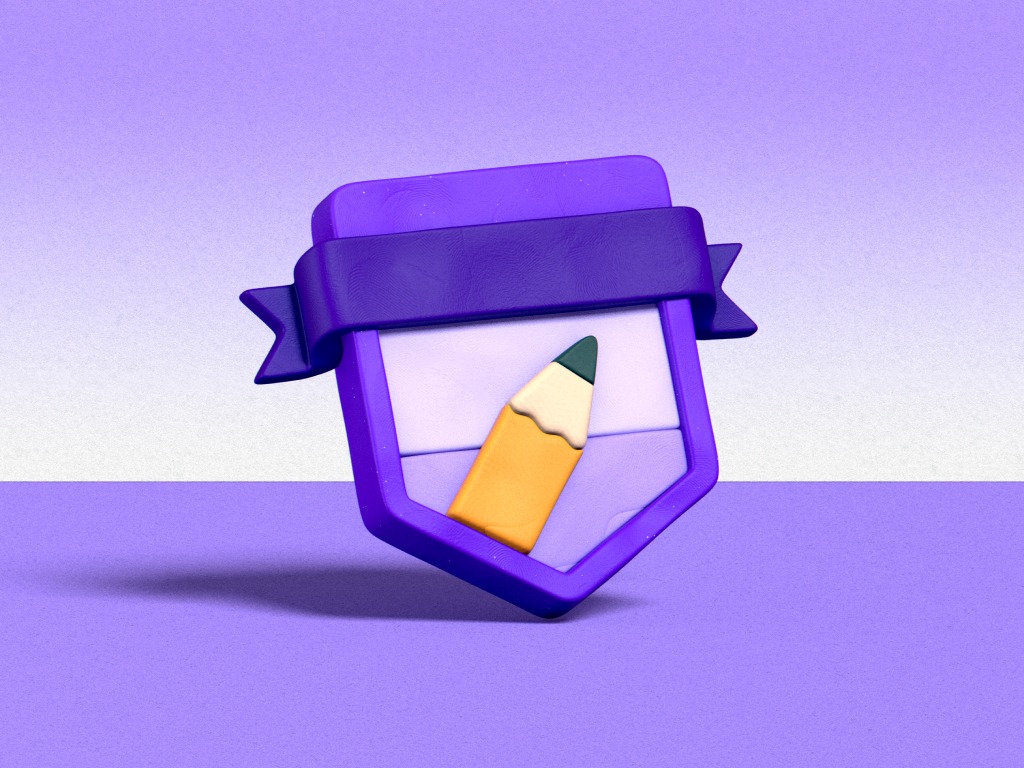

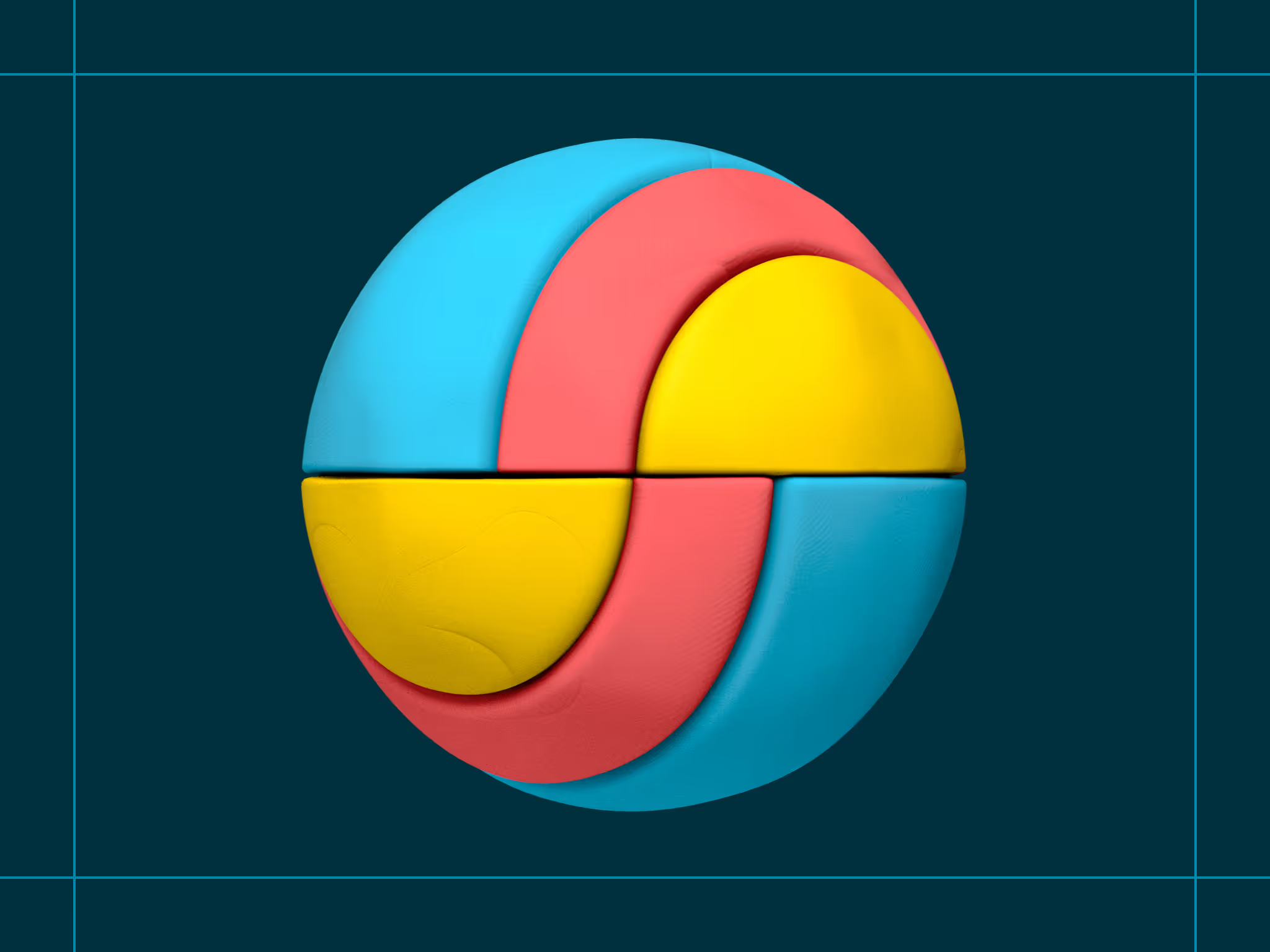

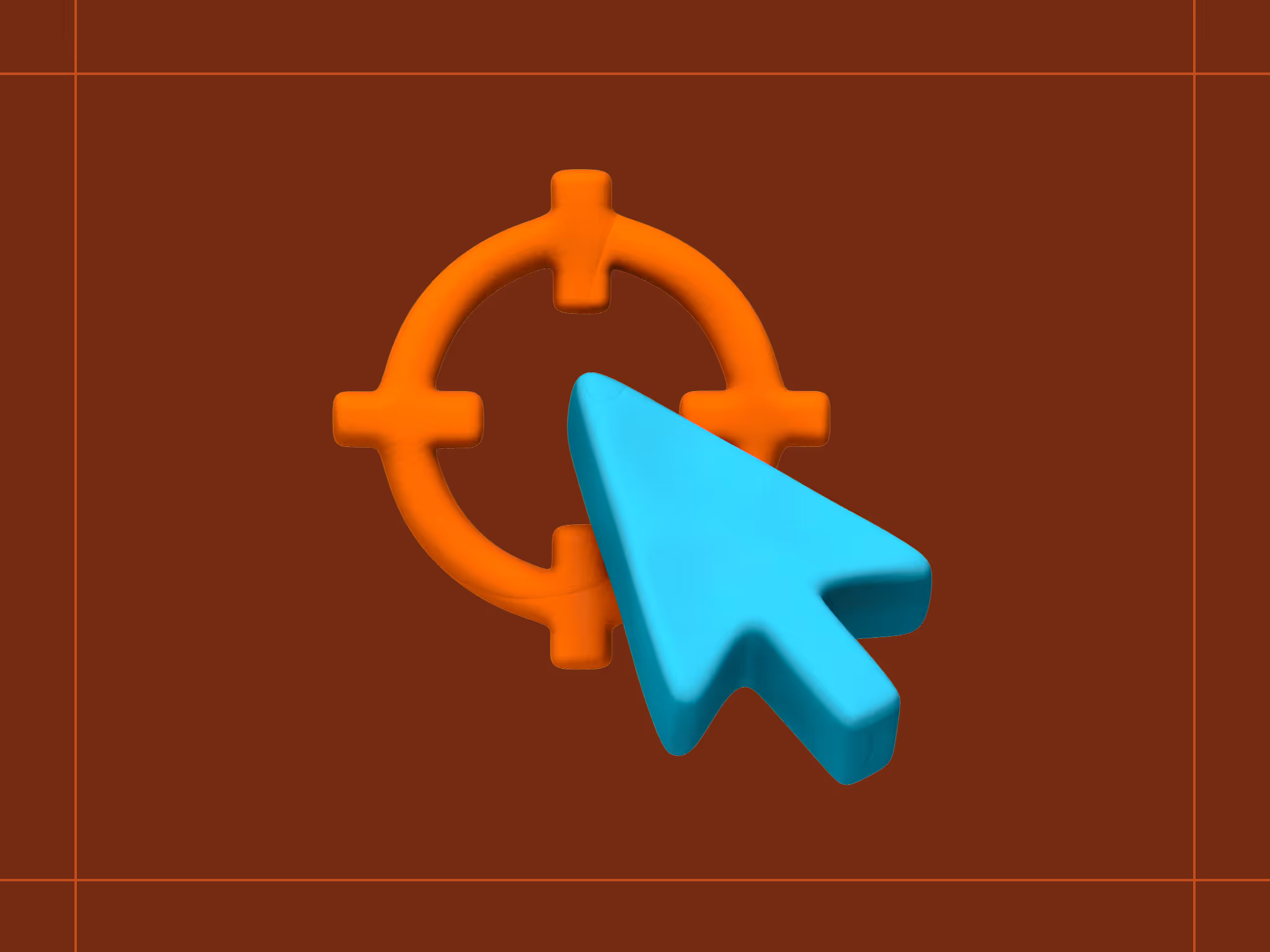
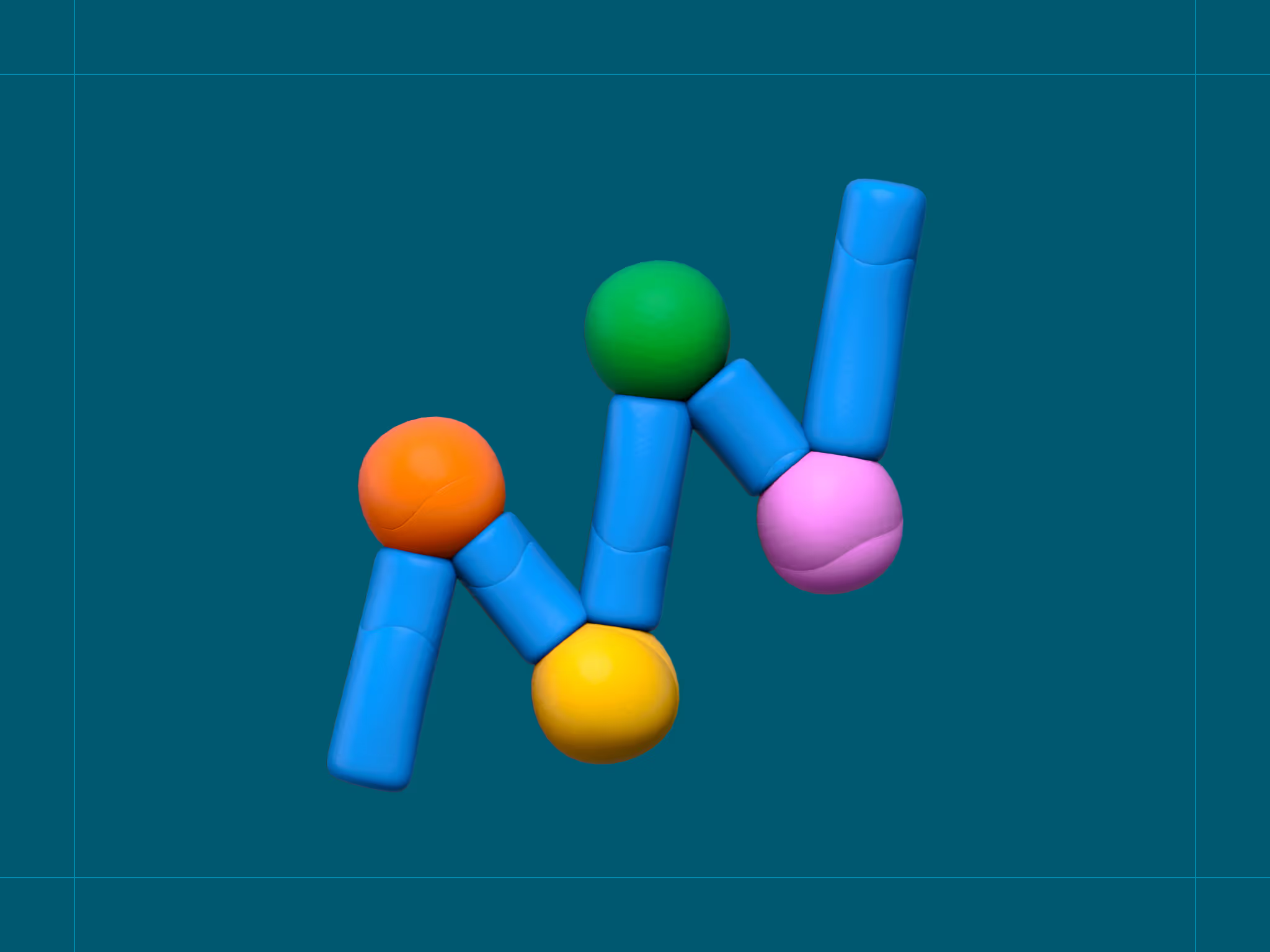
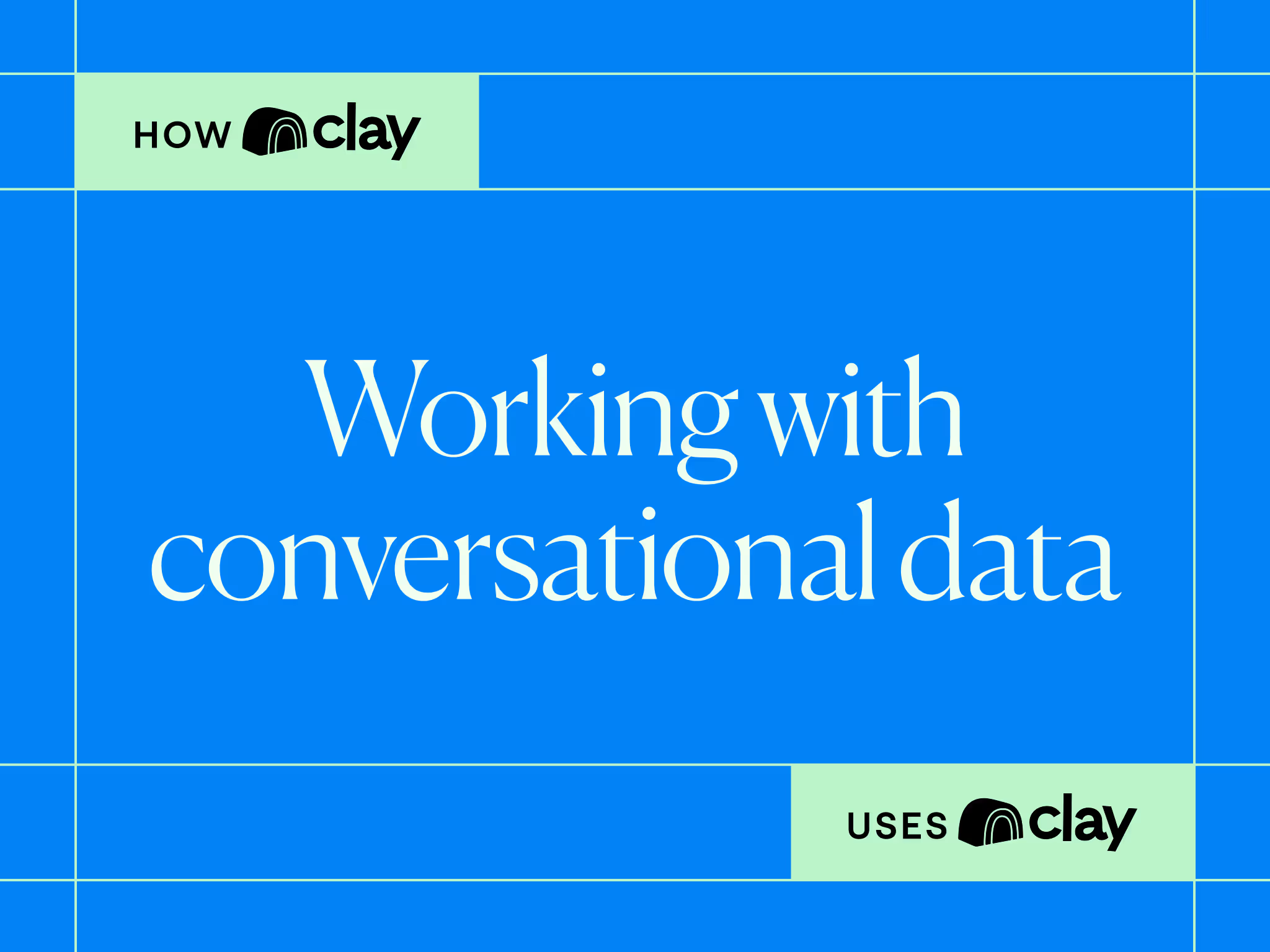
.avif)




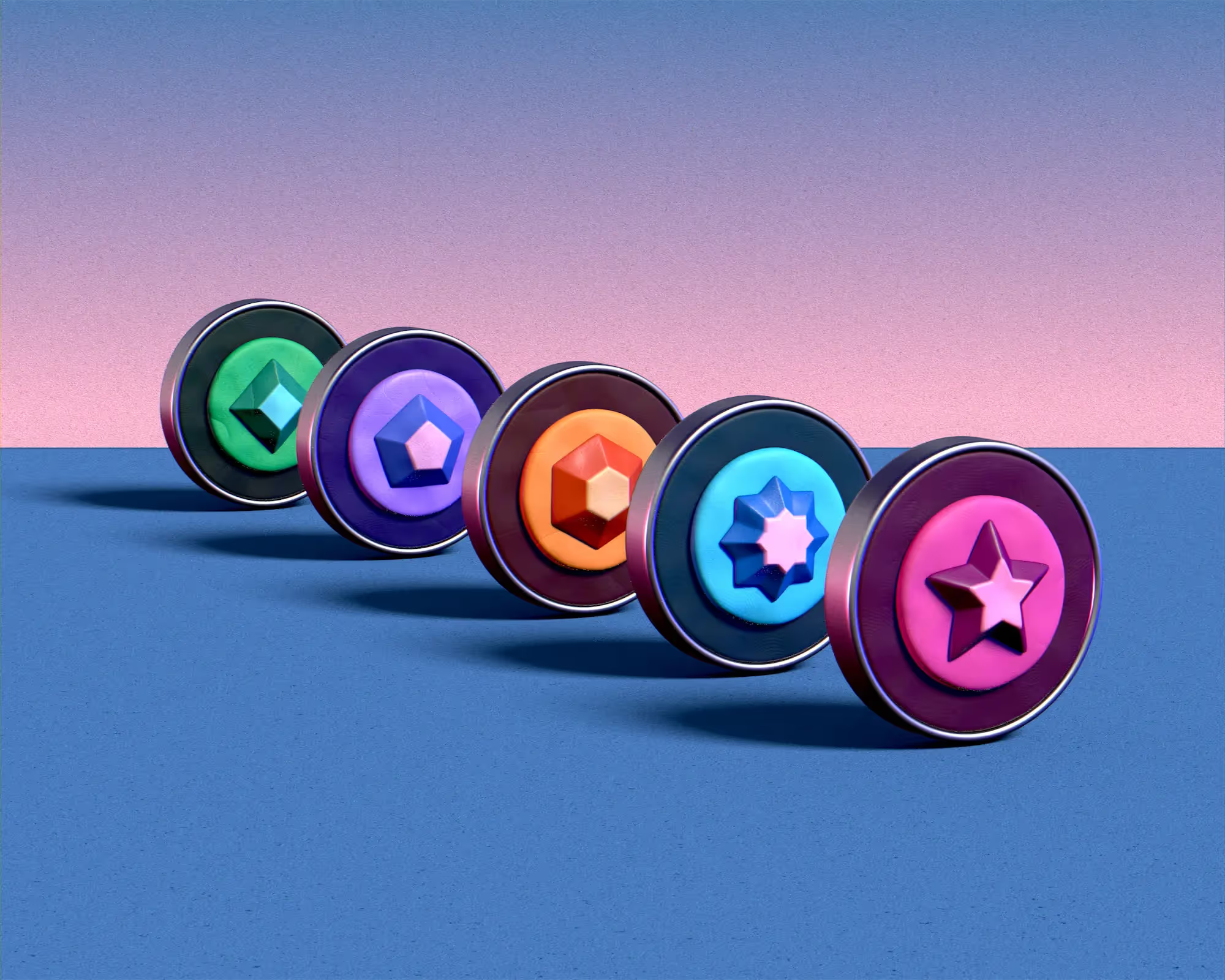






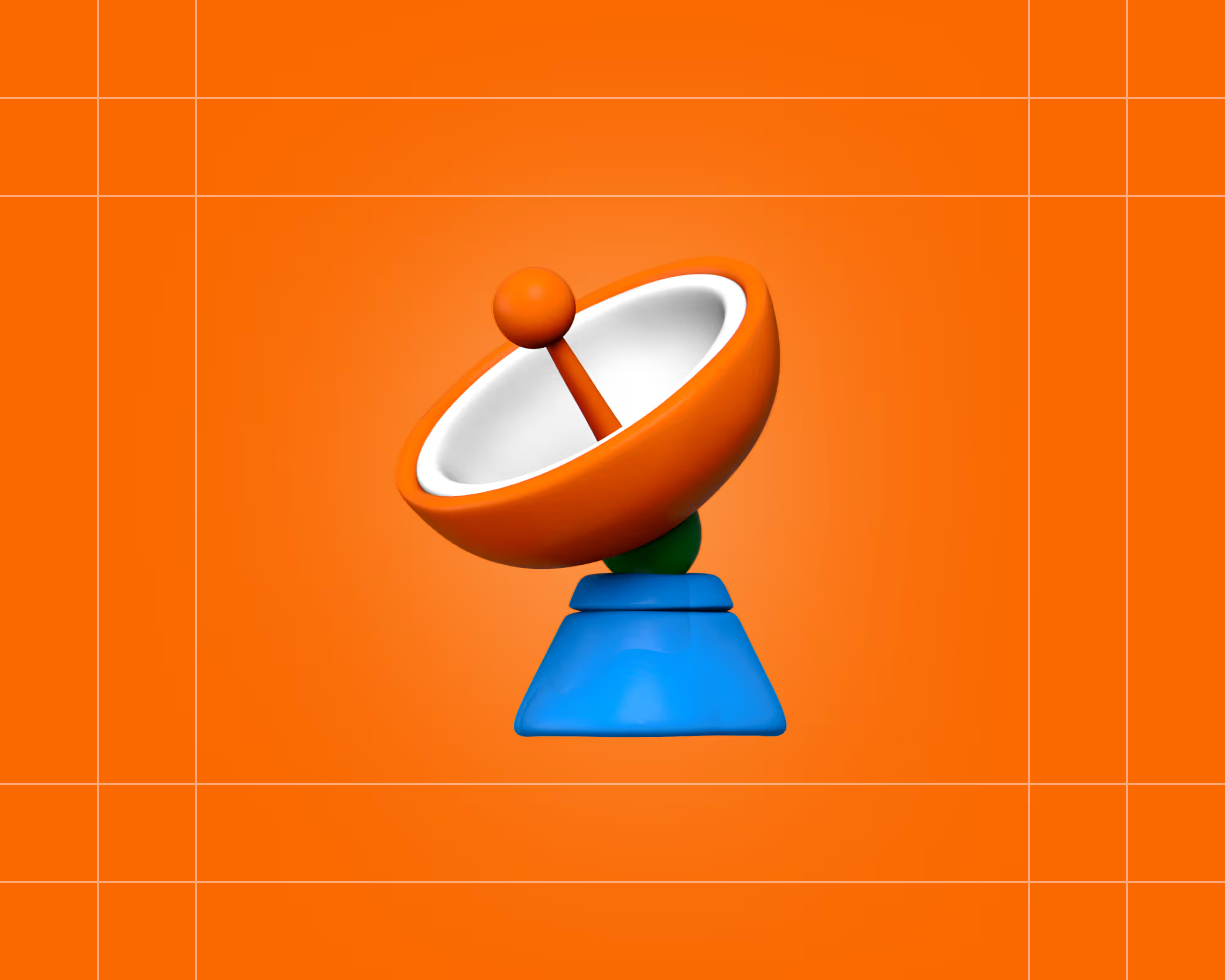

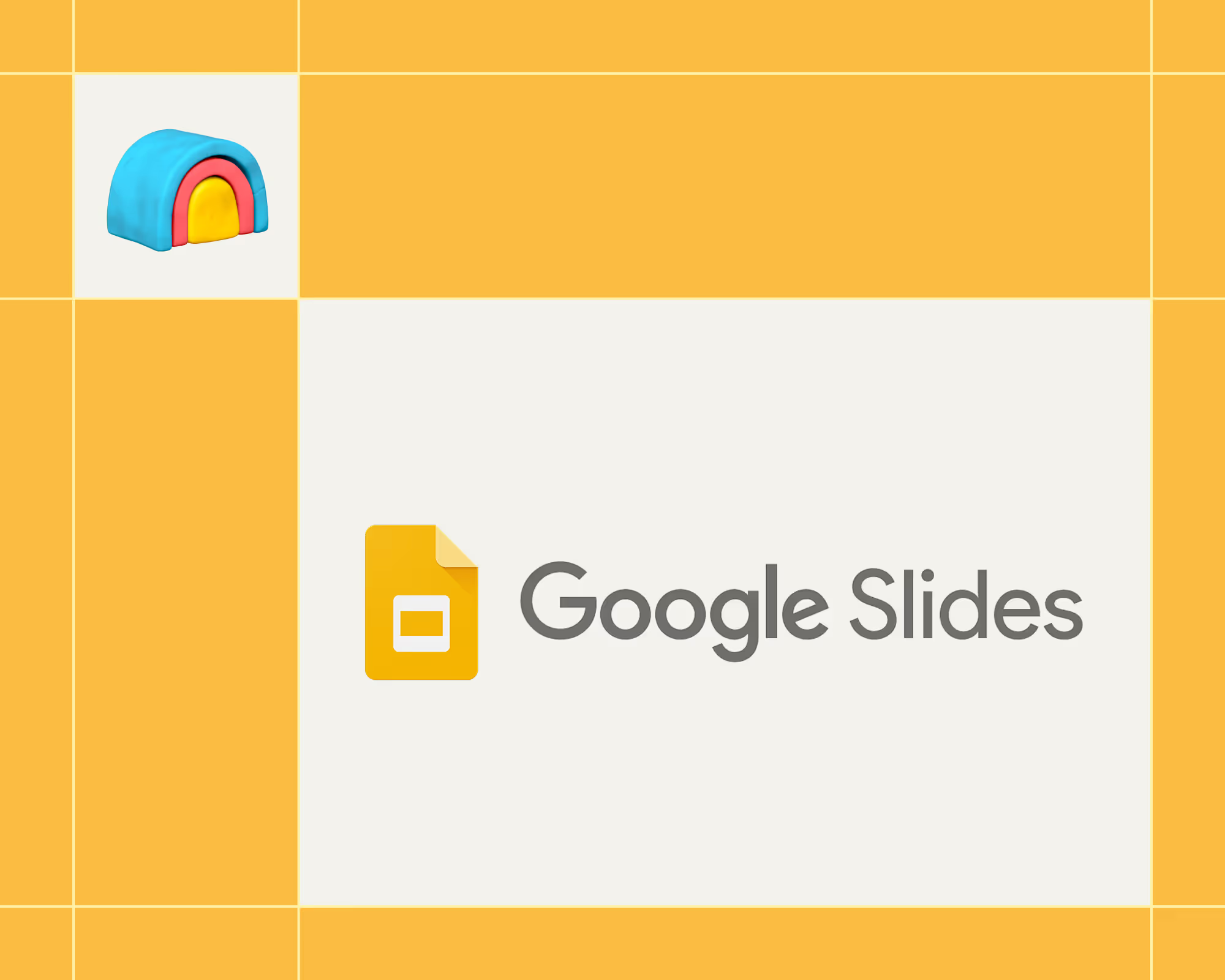
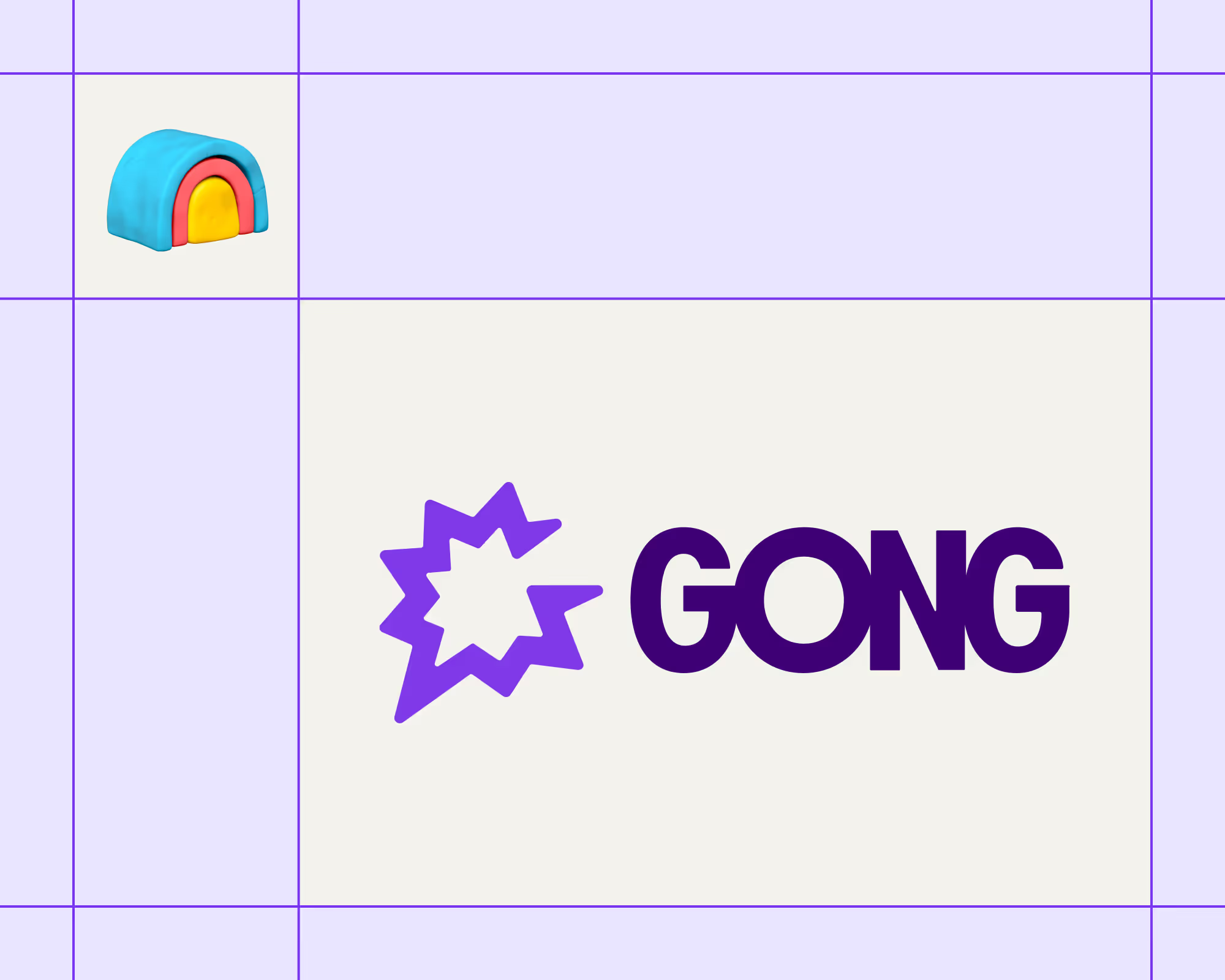

.avif)











.avif)
.avif)





















































